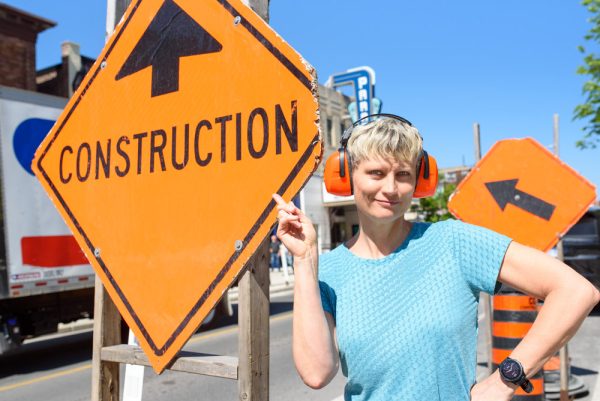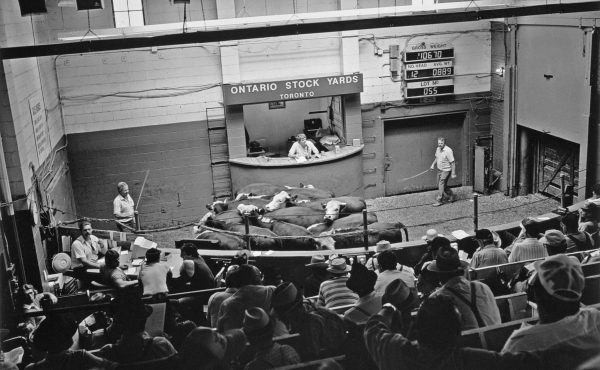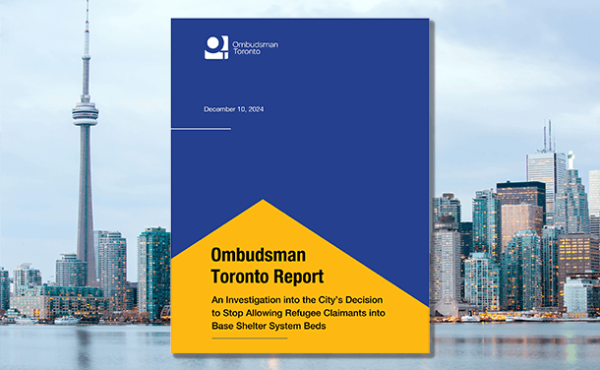My friend and I both nearly jumped out of our skin. The difference between us is that I could see it coming. Two rows of vehicles were stopped at a red light when I saw the motorbike weave into the bike lane. As I silently predicted, upon the light change the driver of the motorbike gunned it. I was expecting that, but even I wasn’t expecting how much of an ear shattering pop it would be with the gear change a mere 5 meters away from us. Even though I was braced, my body instinctively reacted. My friend, who is blind, visibly jumped, exclaiming “Wow! What was that?”
Vanity noise is an increasingly common scourge in our city, inflicting harm on everyone within earshot. The vehicles’ noises are not just the purr or low rumble of the engine anymore, they are the angry growls of beasts being released from traffic congestion. They are not just the distant whine of motorbikes on a highway or arterial, they are the Harley Davidson lazily farting and belching its way along our roads, the stationary crotch rockets revving their engines, yelling their displeasure at having to wait.
In fact, all kinds of noises are constantly grating our nerves. There is no break (even on weekends) from the banging of construction noise, whether from major developments on main streets, or on the (once quiet) residential streets where one house after another is being demolished and rebuilt. Never mind the leaf blowers spewing toxic emissions and noise into the air, interrupting work, sleep, and the enjoyment of our homes and public spaces.
Bars and restaurants have expanded to outdoor spaces in dense areas. At night, nearby residents are now a part of the party, more nights of the week than not, and have to listen to the puking, peeing, yelling, and honking of revelers trying to get home without access to adequate transit.
Toronto residents are lucky (for once) because the city’s noise bylaws are being reviewed right now, after a hiatus of 22 years – the previous major review of them was in 2002. [Correction: Municipal Licensing and Standards says that a comprehensive review was conducted from 2015 to 2019 and resulted in an overhaul of the Bylaw in effect as of October 2019.] This review process started in 2016 with Toronto Public Health launching a study of Toronto noise levels, and now it is finally wrapping up. 750 residents participated in 6 public consultations held in September 2023, and the city received feedback through over 2,200 emails. On January 4, 2024, the City will provide a report to the Economic and Community Development Committee for discussion on January 11th. The process will finally draw to a close in early February, when City Council and the Mayor vote on the recommendations.
According to Toronto Public Health’s 2017 report, How Loud is Too Loud (PDF), over 60% of Toronto residents live in areas that are always above 55 decibels at all hours. At 55 decibels, which is around the level of normal conversation, negative impacts from noise start to occur in our minds and bodies. Stress hormones can be released, which can lead to thickening of the arteries, which can lead to strokes and heart attacks. Sudden noise spikes, even if not loud, cause our bodies to instinctively respond with the fight or flight response. This reduces our ability to fall asleep, concentrate on the task at hand. Often, for those who are repeatedly impacted, it creates anger at something they have no control over.
More disturbing is that over 92% of residents are exposed to greater than 45 decibels at night, which is the World Health Organization’s maximum recommended level for a restful, restorative sleep. To top that off, according to many residents the problem is worse than it was when this study was written years ago. More people are suffering.
Professor Tor Oiamo led the research on the TPH study. He has said that we don’t know enough about sound at the bedroom window, so I am filling that gap. I am collecting crowdsourced data through my “Not 311” Noise Report (moving vehicles account for over 80% of reports) and using equipment to collect weeklong measurements from people’s homes. Through these two methods, I am giving people a new voice and starting to estimate their exposure through data and spatial analysis. You can see the resulting buffer analysis in this video. The data was processed with the help of ESRI Canada and a senior Geography student from the University of Toronto. The TPH study also found that those in the lowest income quartile were 11% more likely to live in louder areas than those in the highest income quartile. Noise is also an equity issue.
But now Toronto has the opportunity for change. Will we be a world leader and choose to create a city that not only looks good but sounds good? For that to happen, residents need to speak up and say that we want a “No More Noise Toronto.” We want to enjoy our public spaces, our outdoor cafes, our rest on weekends, and get a good night’s sleep.
Noise is the new secondhand smoke. Just as we have to breathe, we have no defense against sound; we can’t close our ears and our bodies can’t stop listening.
It’s time we get loud, fight back, and speak up on January 11th.
No More Noise Toronto will be hosting an online discussion at 7pm on January 4th to learn from two experts on noise – Dr. Arline Bronzaft, Professor Emerita, City University of New York and Dr. Tor H. Oiamo, PhD, Associate Professor, Exposure Science and Environmental Health Research Group, Toronto Metropolitan University.
Ingrid Buday is the founder of No More Noise Toronto, a grassroots community organization. She is featured in the recent documentary commissioned by Hot Docs, Do You Hear What I Hear?.




